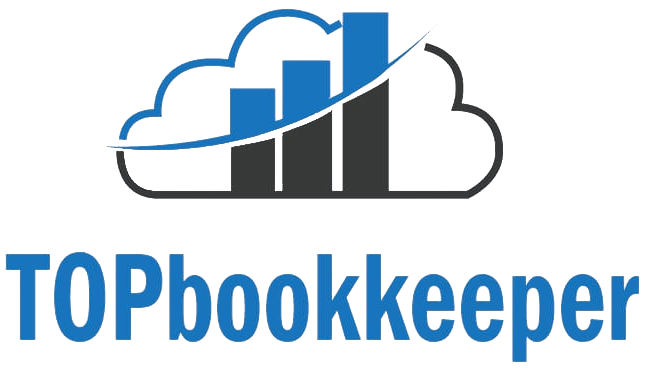5 Ways to Use Sales Force Automation Systems to Improve Your Business's Customer Experience

Customer satisfaction is now recognized as an essential feature in thecompetitive business environment of today. Companies must make use of modern technologies that improve relationships and speed up processes if they want to succeed in this market. The Sales Force Automation (SFA) system is one such technology that has fundamentally changed the way businesses manage their sales processes and customer relationships. In this article, we're going to look at what SFA is, how it operates, and the five ways it may upgrade the customer experience at your business.
Understanding Sales Force Automation
Sales Force Automation is a full suite of tools designed to automate and streamline numerous sales-related operations and procedures. It is frequently combined with Customer Relationship Management (CRM). It includes a cloud-based software program that enables your sales staff with the tools needed to effectively handle leads, opportunities, pipelines, and customer interactions. SFA enables sales professionals to concentrate on what they do best: creating lasting customer relationships and generating money.
1. Enhanced Lead and Opportunity Management
Lead and opportunity management serve as the heart of SFA. The system enables you to effectively capture, categorize, and prioritize leads. You can discover the most potential leads using smart techniques, ensuring your sales staff spends time where it matters most. Opportunity management offers the efficient tracking of sales prospects through the pipeline, from the initial contact to the final deal.
2. Real-time Insights with Analytics and Forecasting
SFA systems provide strong sales analytics tools that deliver real-time insights into the performance of your team. By tracking metrics such as conversion rates, deal sizes, and win-loss ratios, these analytics assist you in making informed judgments. Forecasting capabilities calculate future sales based on historical data and trends, assisting with resource allocation and strategic planning.
3. Streamlined Workflow and Collaboration
In today's interconnected business landscape, collaboration is essential. To ensure your sales staff communicates efficiently, SFA systems provide capabilities such as territory management, contact management, and account management. Workflow automation minimizes bottlenecks and reduces manual data entry, allowing your staff to focus on selling rather than administrative responsibilities.
4. Mobile Access and Real-Time Updates
access to SFA systems is a significant changer in the age of remote work and on-the-go business. Your sales team has the ability to access essential information, change records, and respond to client inquiries at any time and from any location. Real-time updates ensure that everyone is using the most up-to-date information, reducing confusion and duplication of effort.
5. End-to-End Sales Process Automation
SFA systems automate everything from initial customer contact to post-sale services. Quoting and proposal creation get more efficient, order administration becomes more efficient, and revenue tracking and commission calculation become more accurate and transparent. This comprehensive strategy boosts efficiency and lowers the chance of errors throughout the sales cycle.

The Power of Integration and Customization
SFA systems can be smoothly connected with other business systems, improving information flow between departments. Collaboration solutions facilitate communication among sales, marketing, and options allow you to tailor the system to your specific business procedures and requirements.
Scalability and Data Security
SFA system will be able to scale as your company grows. The system will fit your needs whether you are expanding your sales team or entering new markets. Data security measures, such as encryption and access controls, safeguard sensitive customer information, ensuring compliance with privacy regulations.
User-Friendly Interface, Training, and Support
new technology can be frightening, but SFA systems have user-friendly interfaces. The software supplier will frequently provide training and assistance, allowing your team to fully utilize the system's capabilities. This ensures a smooth transition and a faster ROI.
Driving Sales Performance and Customer Satisfaction
systems enable you to effectively measure sales performance, set targets, and manage quotas. Sales representative activity tracking allows you to track engagement and productivity. Sales team collaboration features promote teamwork, which leads to higher performance and increased customer satisfaction.
Integration with Customer Support and Business Systems
An excellent client experience goes beyond the sales process. Integration with customer support systems allows a smooth transition from sales to service, increasing total customer satisfaction. Furthermore, integrating SFA with other business systems, such as Enterprise Resource Planning or accounting software, improves data accuracy and reduces the need for manual entry.
Data Visualization and Informed Decision-Making
systems provide data visualization capabilities that transform complex sales data into simple visual representations. These insights enable you to make more educated decisions, spot trends, and improve your plans.
conclusion, a Sales Force Automation system is a valuable partner for businesses looking to improve their customer experience. SFA solutions boost sales performance, improve customer satisfaction, and streamline operations across the board by automating sales processes, enhancing collaboration, and giving real-time information. As technology advances, embracing SFA is becoming more than an option for businesses trying to stay ahead in the dynamic world of sales and customer relations.
